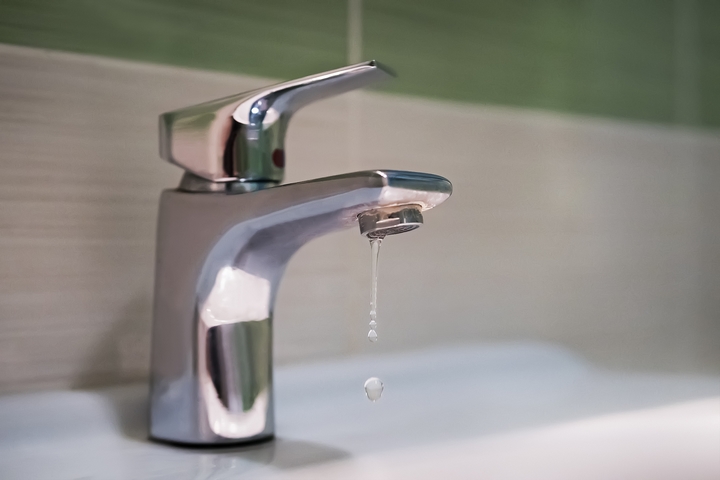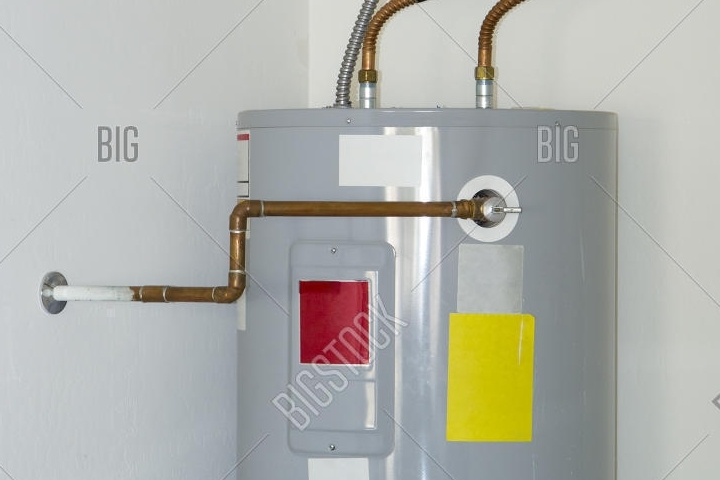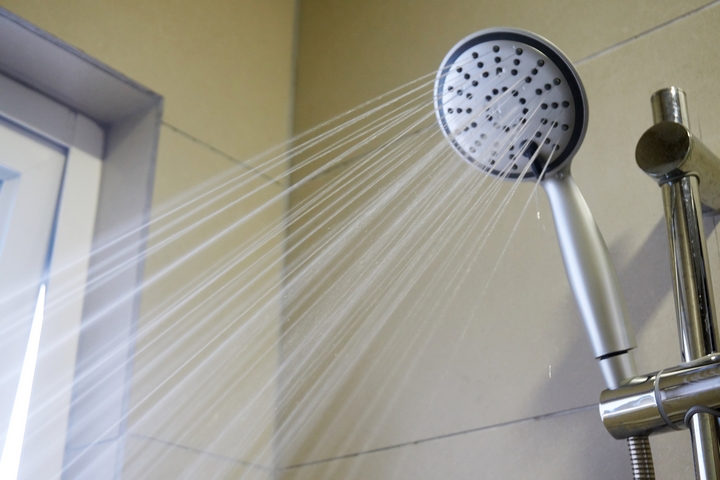Despite the array of problems in your home’s plumbing system, how it works is surprisingly simple. Hot and cold water move through your home at various degrees of pressure.
If there was no water pressure in your pipes, water wouldn’t be able to move through to the faucet. You would turn it on, and there’d be nothing to push it through. Most homes have vertical plumbing that rises from the ground. These systems require water pressure to get water up and where it needs to travel.
Let’s learn more about how water pressure works in a house:
How water pressure is measured
 Water pressure is measured in psi, aka ‘pounds per square inch. Pressure is generated either by gravity or a pump. When it is too low, plumbing fixtures won’t work correctly. When it is too high, there’s a risk of bursting pipes and leaks.
Water pressure is measured in psi, aka ‘pounds per square inch. Pressure is generated either by gravity or a pump. When it is too low, plumbing fixtures won’t work correctly. When it is too high, there’s a risk of bursting pipes and leaks.
Fortunately, it’s easy to understand the basics of how plumbing works in a house. With the help of a plumber, it’s easy to increase or lower the water pressure as needed.
How water comes to your home from the city line
 Your home is connected to a water main, the primary plumbing line that runs from the edge of your property and is connected to the city water. This is where the concept of water pressure is first presented.
Your home is connected to a water main, the primary plumbing line that runs from the edge of your property and is connected to the city water. This is where the concept of water pressure is first presented.
The water main provides pressurized, treated water from city pumping stations. Without this pressure, water couldn’t travel from the pumps to where it needs to in your home.
Low water pressure can occur from the city line
 When you live far away from the city water pumps, the pressure and momentum from the city pumps aren’t quite as prominent as they would be if your home was closer. This can contribute to low water pressure.
When you live far away from the city water pumps, the pressure and momentum from the city pumps aren’t quite as prominent as they would be if your home was closer. This can contribute to low water pressure.
Fortunately, this isn’t something any property owner must be saddled with permanently. A plumber can install a pump on the main water line that essentially re-pressurizes the water. At that point, you would receive the water pressure you should have.
Water is pumped to your water heater
 Water enters your home through the mainline, and it heads straight to your water heater. Approaching the water heater, though, there is a split path. Two different pipes. A pipe for hot water and one for cold water. It is very similar for both in terms of how water pressure works.
Water enters your home through the mainline, and it heads straight to your water heater. Approaching the water heater, though, there is a split path. Two different pipes. A pipe for hot water and one for cold water. It is very similar for both in terms of how water pressure works.
Water pressure for cold water
 A split line creates a pathway for water from the mainline to avoid your water heater. Your cold water line runs to all the main water appliances. All of these lines are fairly simple and straight in their build.
A split line creates a pathway for water from the mainline to avoid your water heater. Your cold water line runs to all the main water appliances. All of these lines are fairly simple and straight in their build.
There is a network of hot and water pipes running through your home, with unheated cold water being essentially the natural temperature of what would come from the road and underground.
Water pressure for hot water
 The water sent to the water heater is warmed and sent down the line. Hot water plumbing pipes are parallel to the cold water. They do not ever connect and intersect. It’s always two pairs of pipes running side-by-side. Therefore, your faucets and appliances that use hot and cold water require two-line connections.
The water sent to the water heater is warmed and sent down the line. Hot water plumbing pipes are parallel to the cold water. They do not ever connect and intersect. It’s always two pairs of pipes running side-by-side. Therefore, your faucets and appliances that use hot and cold water require two-line connections.
How low water pressure happens in a house
 Being far away from the main city line is not the only reason you may have low water pressure inside your house. It can come from clogs from mineral deposits, a malfunctioning regulator, leaking plumbing, etc.
Being far away from the main city line is not the only reason you may have low water pressure inside your house. It can come from clogs from mineral deposits, a malfunctioning regulator, leaking plumbing, etc.
The good thing about all of these and other reasons for low water pressure is that they can be fixed. Once a plumber diagnoses the issue, they can install a long-term solution.
Can I increase water pressure without a pump?
 Depending on the issue, you may be able to increase your water pressure without a pump. However, after leaks have been eliminated, the supply valve has been fully opened, and corroded or clogged pipes have been fixed, the next natural step is installing a pump. A pump isn’t a bad thing, though and for many properties is necessary, especially if your home’s fighting gravity, such as building on a hill.
Depending on the issue, you may be able to increase your water pressure without a pump. However, after leaks have been eliminated, the supply valve has been fully opened, and corroded or clogged pipes have been fixed, the next natural step is installing a pump. A pump isn’t a bad thing, though and for many properties is necessary, especially if your home’s fighting gravity, such as building on a hill.
How you can test your house’s water pressure
 You need a water pressure test gauge and a hose connection to test water pressure. First, turn off the water in your home. After this is done, screw your water pressure test gauge onto a hose faucet. Turn on the tap. Here are the range of psi readings you may get on your water pressure test gauge and what they mean.
You need a water pressure test gauge and a hose connection to test water pressure. First, turn off the water in your home. After this is done, screw your water pressure test gauge onto a hose faucet. Turn on the tap. Here are the range of psi readings you may get on your water pressure test gauge and what they mean.
- 45-50 psi is low and needs to be increased.
- 60 is the optimum psi reading and what you want.
- Anything above 80 psi is too high and needs to be lowered.

